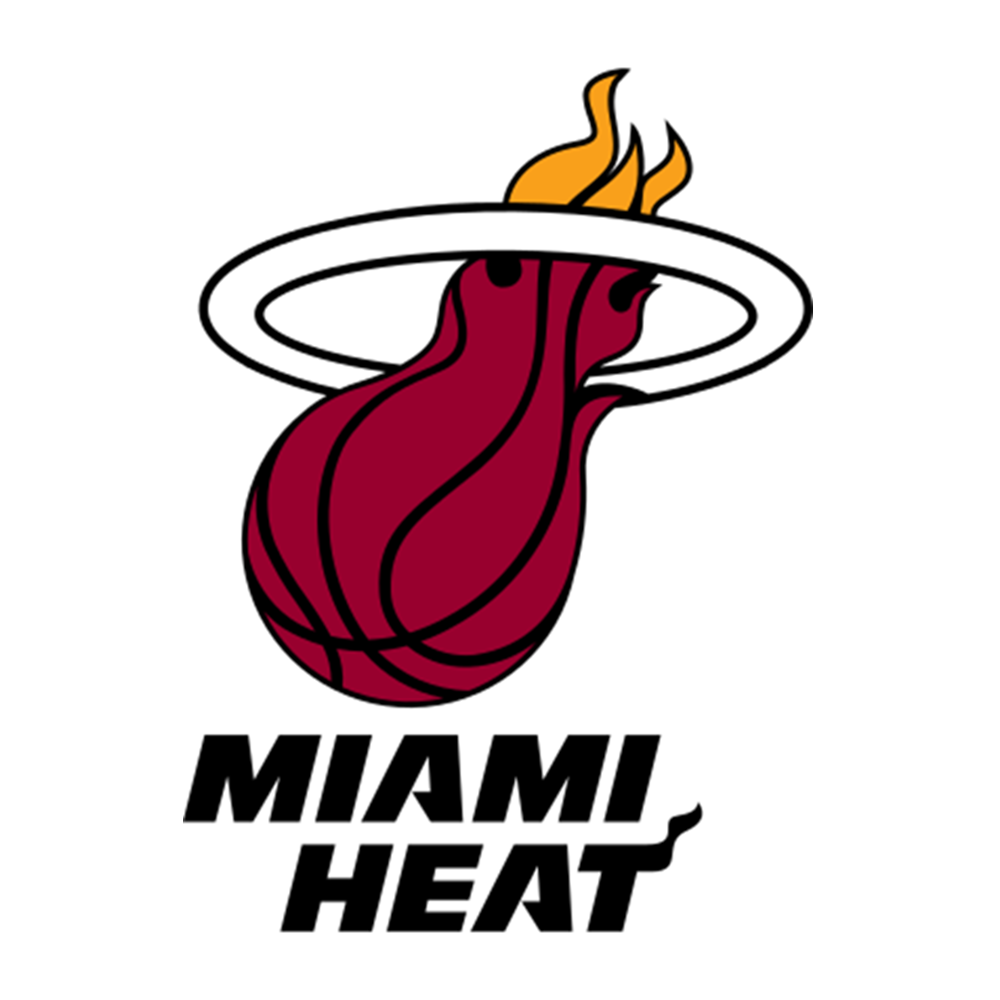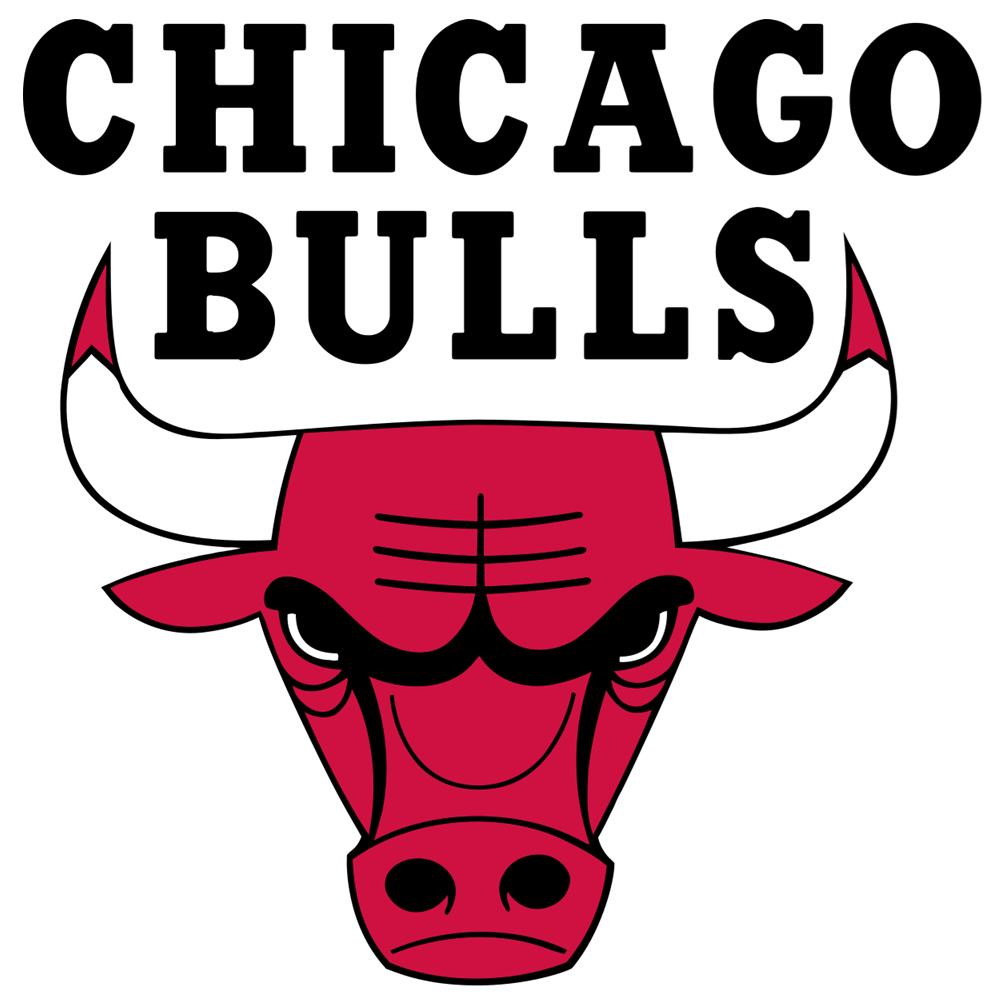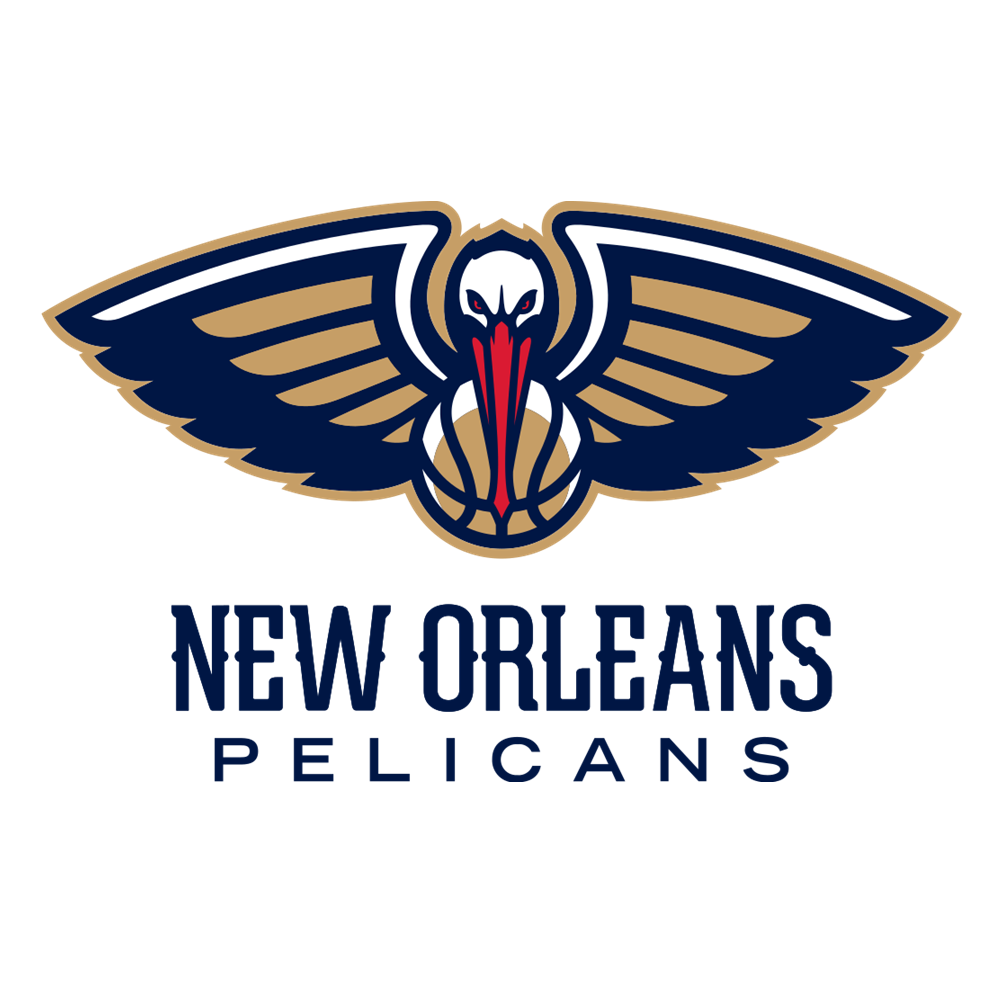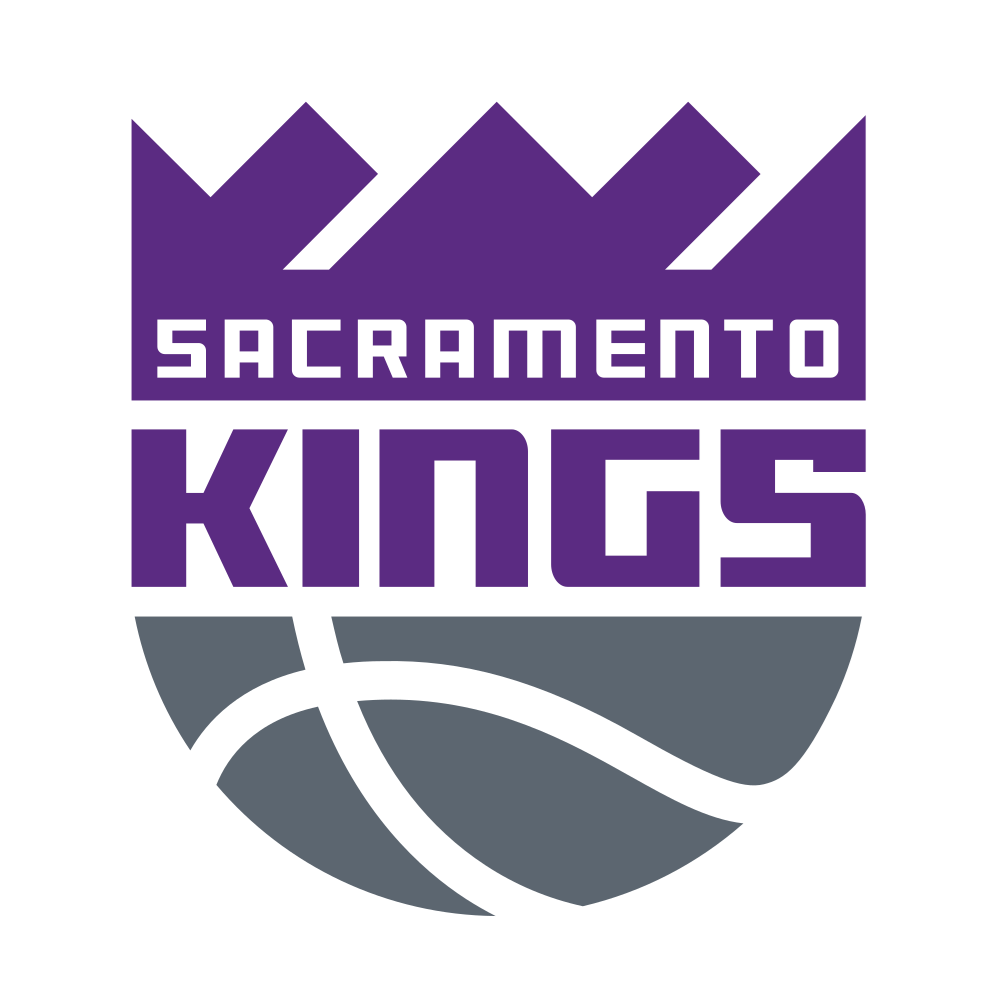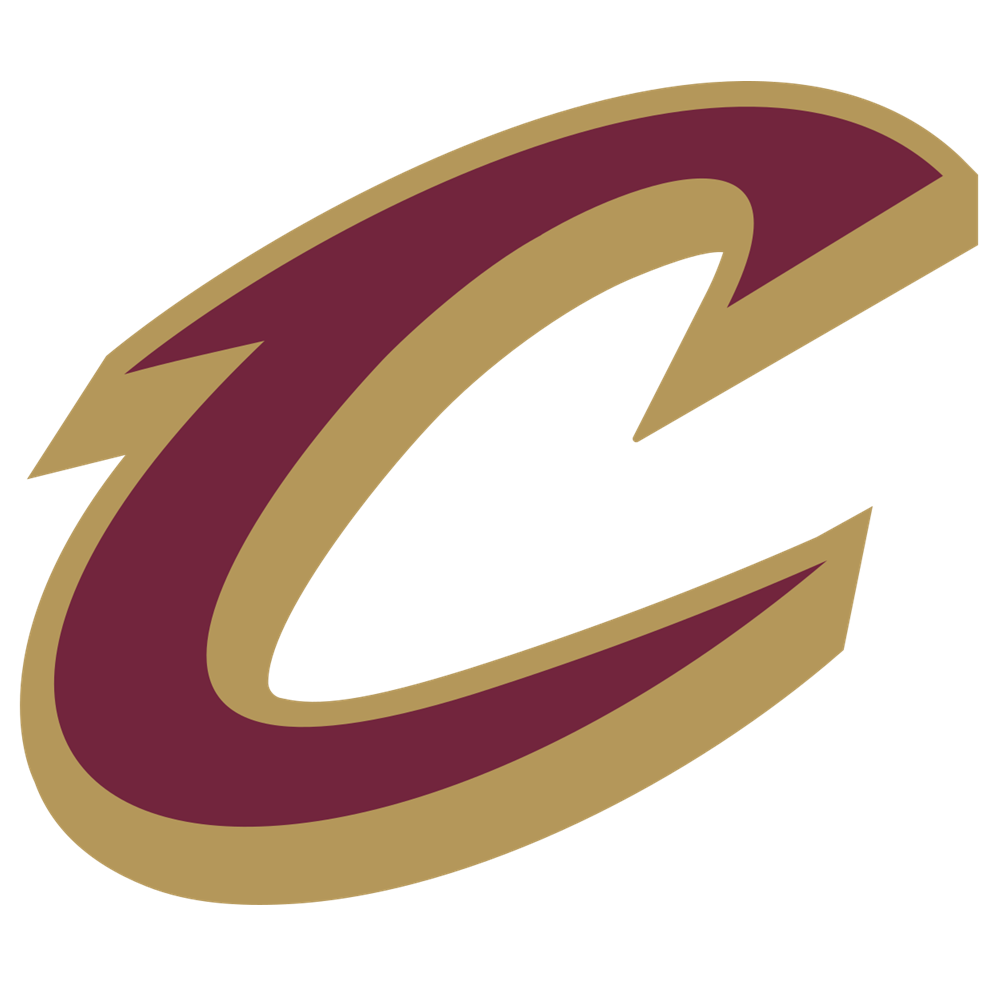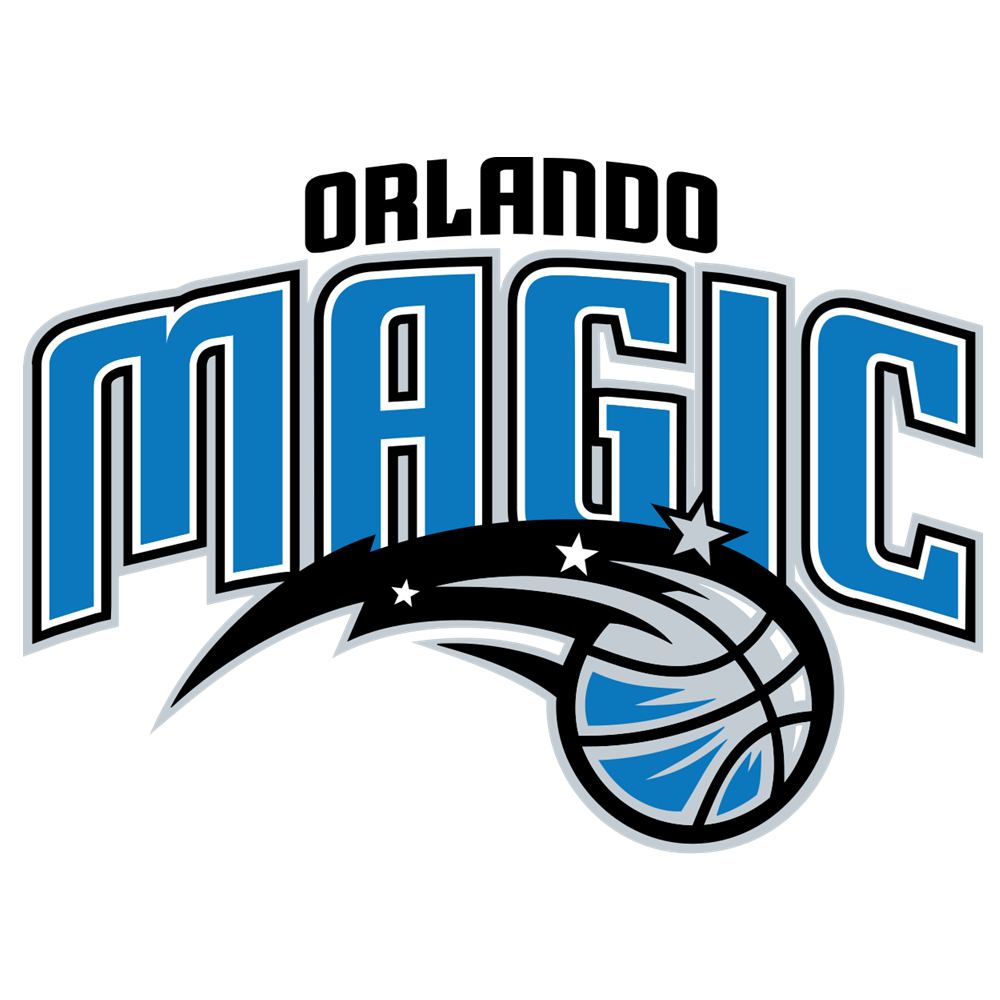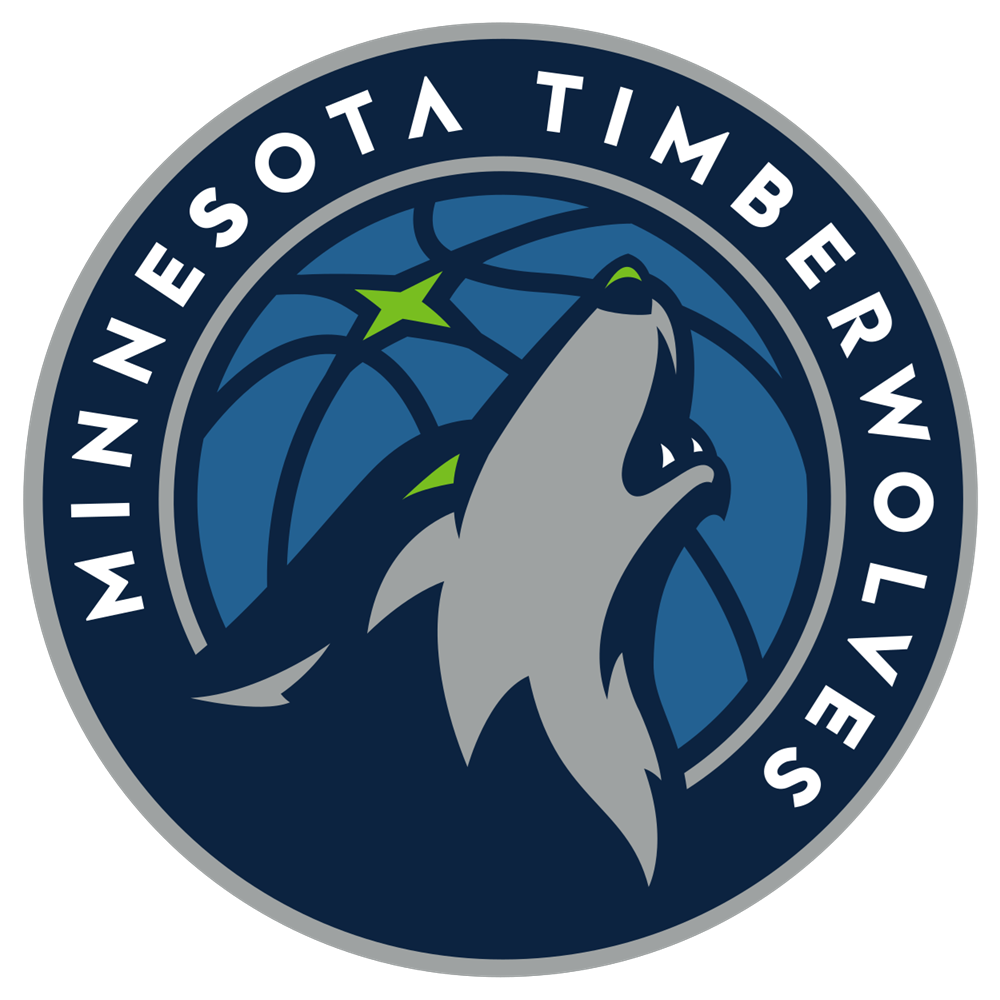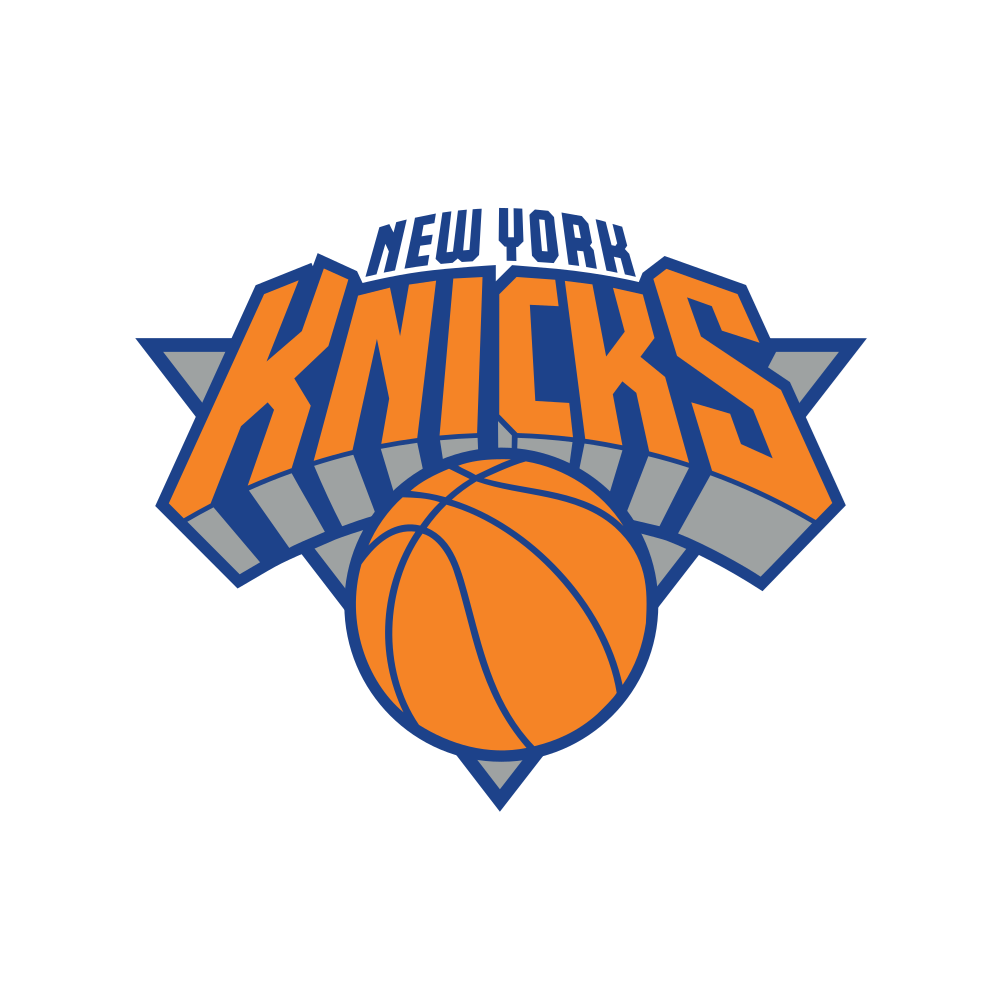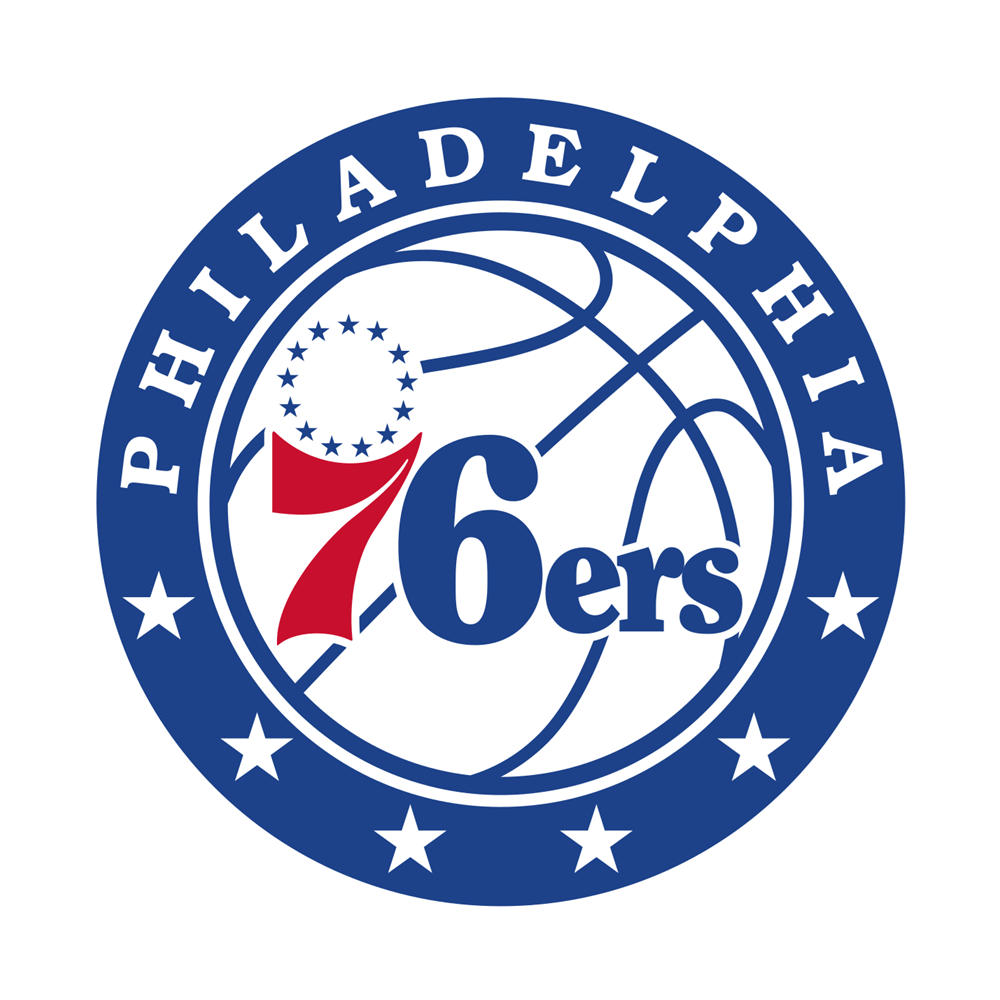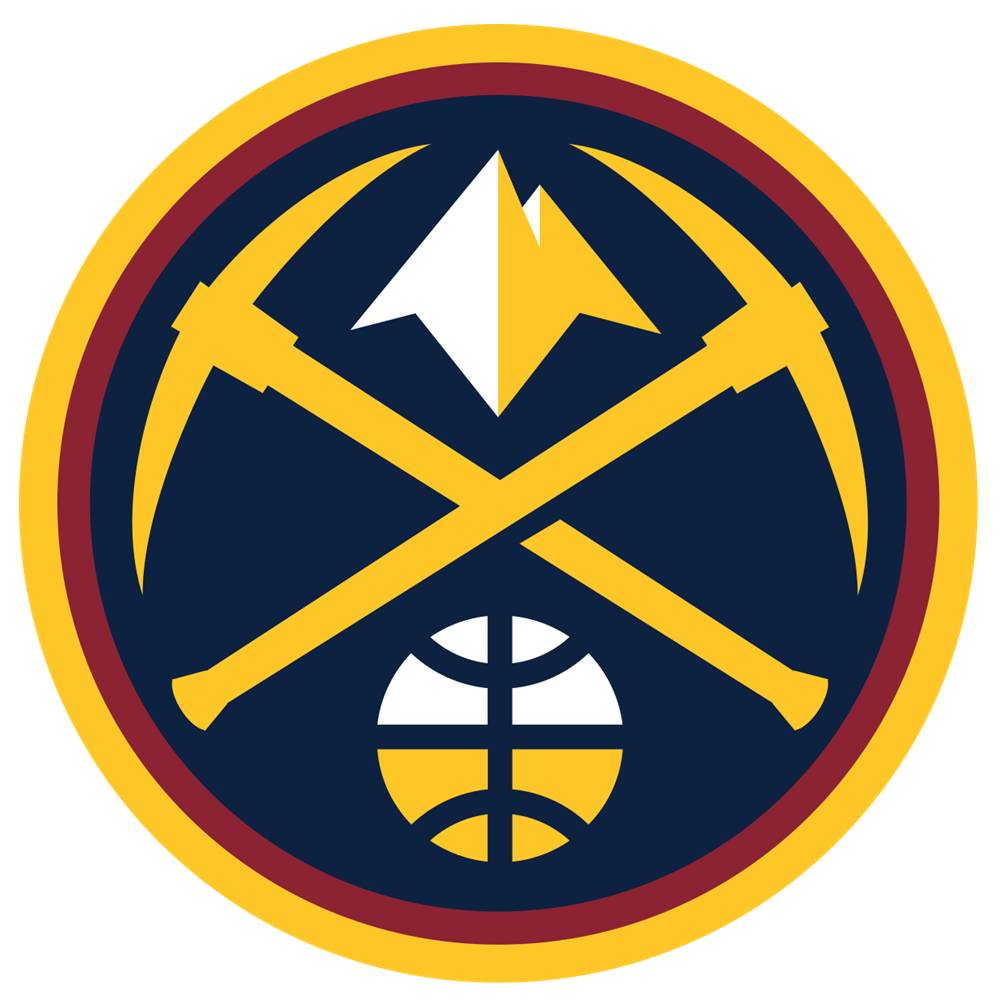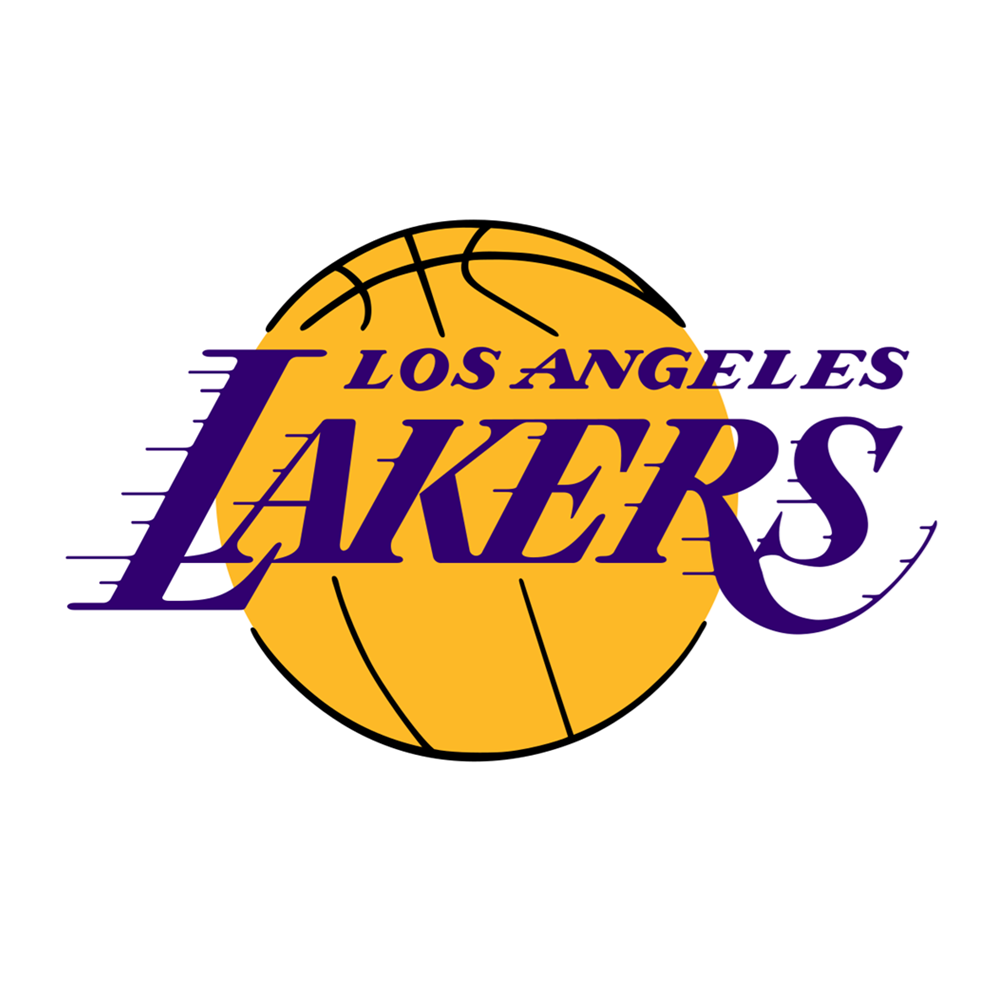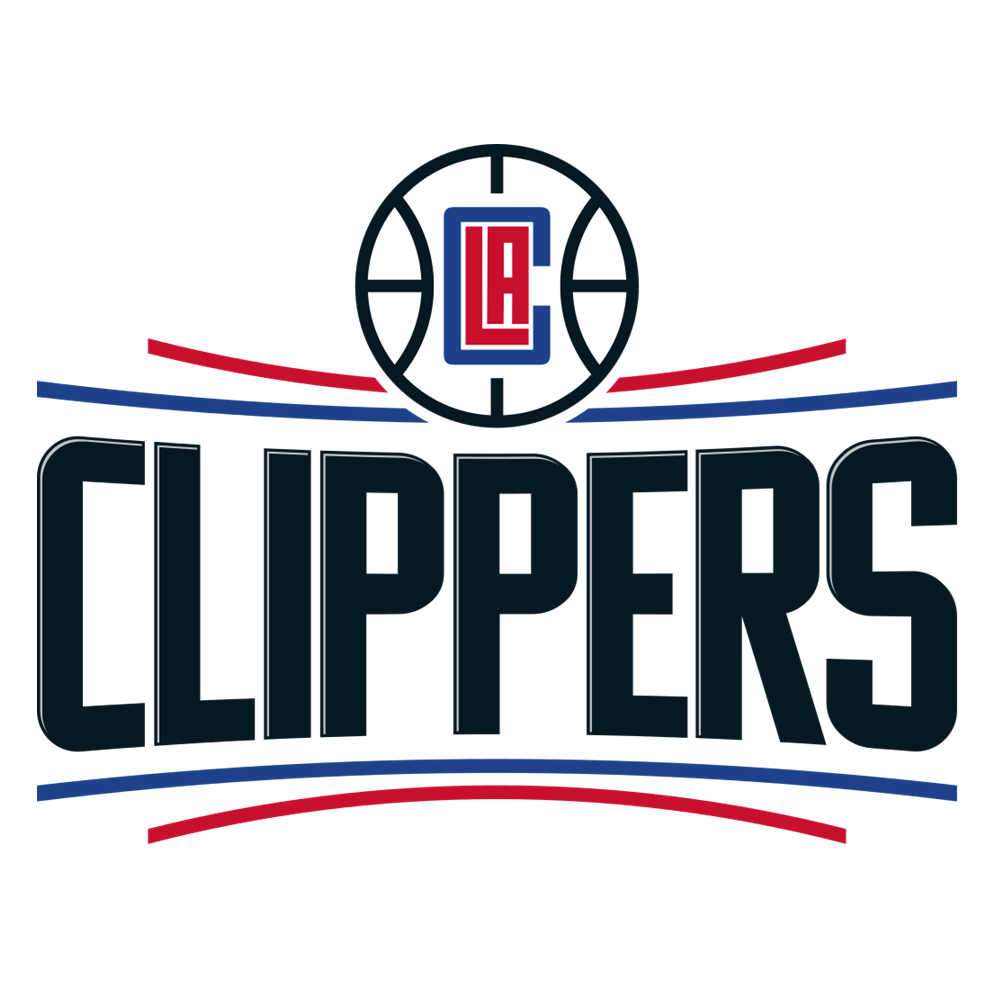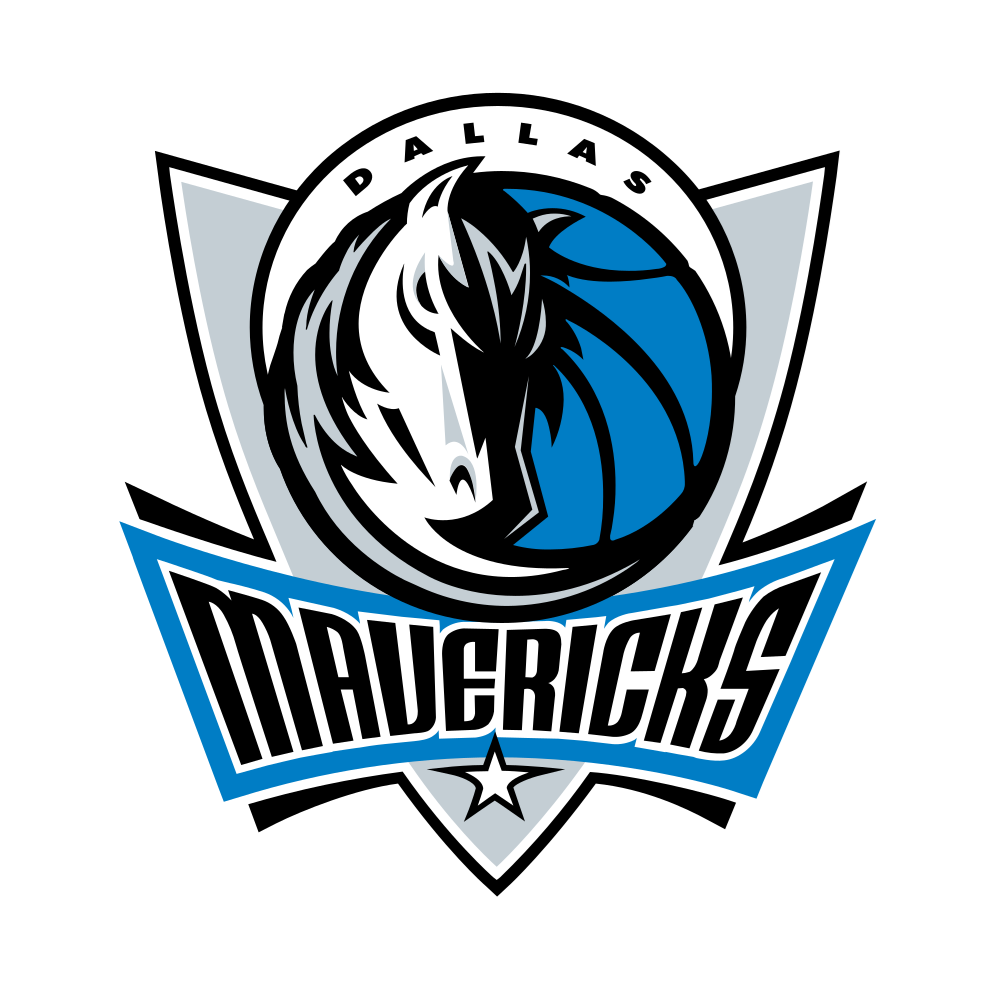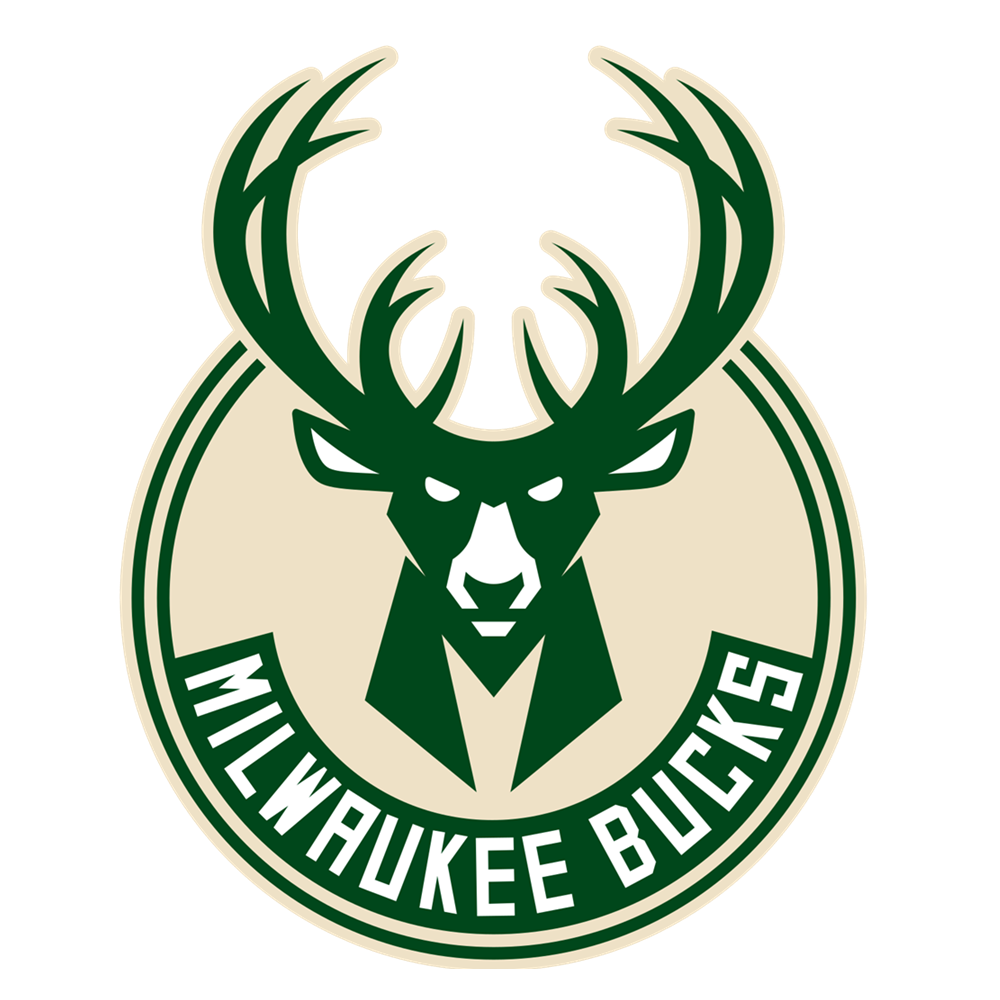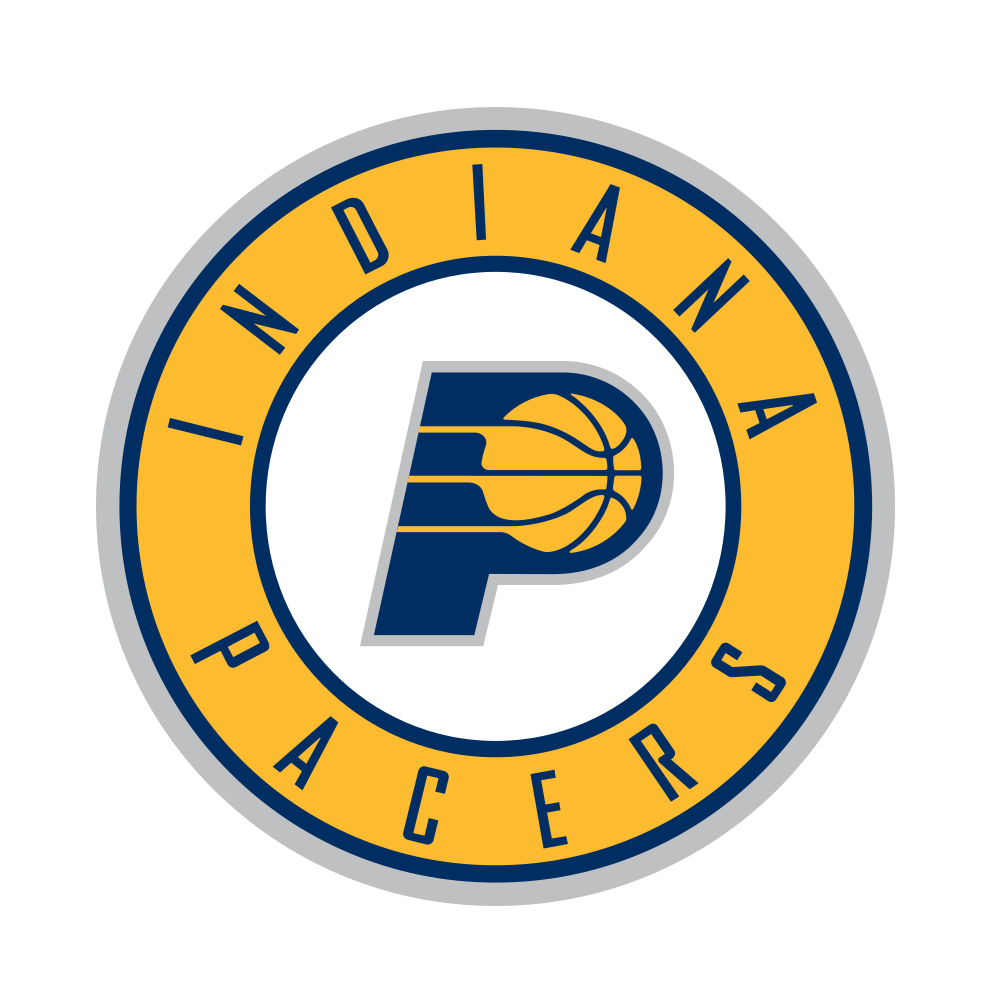As he always does when the season is over, Jose Calderon will return to his hometown, Villanueva de la Serena in southwest Spain. This year he expects only one question from the locals he has known since early childhood.
“They will ask me, ‘How is LeBron?’”
The Spaniard reunites with friends and family every offseason, but the next reunion will be a little different considering the extra buzz generated by playing for an NBA contender. Given Calderon is one of the point guards on a Cleveland Cavaliers team led by arguably the greatest basketball player on earth, who is also one of the most followed sports stars in history, it renders the above question as fair.
The Cavaliers have embarked on their quest for a second championship in three years, but as this particular conversation with Calderon takes place - inside Madison Square Garden before the penultimate game of the regular season - he is considering the response he will give his many followers back home. With perfect timing, James walks through a side door, striding across the locker room blasting his music out of a portable speaker.
“Maybe I’ll say loud”, the Spaniard jokes.
At the culmination of Cleveland’s season, there will be either celebratory music or a sombre silence, but Calderon will do what he always does: return home, for the entire summer.
He was born in Villanueva de la Serena in 1981 and, being the only person from there to make it as a professional basketball player in Europe - let alone the NBA - Calderon knows exactly why he still lives there to this day.
“The town means everything to me”, he says, before pausing and searching for something more meaningful. “It is everything”.
Now 36, Calderon is one of the most successful Spanish players in history, owning two silver medals from the 2008 and 2012 Olympic Games, but he has never advanced further than the first round in four trips to the NBA postseason. Those shortcomings have not once affected his offseason plan to head back to a place where family and childhood friends remain, a town which sits in the district of Badajoz, the reason he played basketball in the first place.
“I have got pictures of me sleeping on the bench when I was four years old while my dad was practicing”, Calderon says.
His father, Jose Calderon Sr., played in the Spanish second division for local team Doncel La Serena, and it was there that a young Calderon burned the midnight oil.
“I used to go to practice with him all of the time and they would play until it was late. I sometimes got tired and I would be sleeping there, but it was inside so not too bad.” It was because of this early connection to the game that he followed his father around, “always with a basketball in my hand.”
The dominant event within sport in Spain is El Clasico, the great football spectacle between giants and rivals Barcelona and Real Madrid. Because of this, Calderon naturally took up football too, but his preference for dribbling a ball over kicking one didn’t, despite national interests, look out of place. Villanueva de la Serena was, long before Calderon Sr. laced them up, a basketball town. To be sure, it is not a hotbed hoarding elite talent, but importantly, it is a place where every school has a court, where local kids turn up at Doncel matches to sneak onto the floor before the game and, as Calderon puts it, “get onto the big baskets and shoot.”
As a youngster, he and his friends would muscle their way to the front of the stands, hoping to get in and amongst the bigger bodies, something Calderon could not have known at the time was prime preparation for when he ultimately left the town to pursue a career in basketball. Long before that became a reality, Calderon would hop into the car with his father and, on arrival at the modest gym, never actually watch or study the game intently. The young Spaniard was content to be around his friends, while his father shied from forcing him to do anything he didn’t want to do.
Calderon does, though, recall his old man’s greatest skill.
“He was a great shooter. He could really score the basketball.” Just like his son, who in his fourth NBA season with the Toronto Raptors made 151 of 154 free throws. “He was also good from that spot”, Calderon confirms.
Considering his rise to becoming one of the most accomplished and prominent basketball players in Spanish history - accompanying the pair of Olympic silver medals are a bronze at the 2016 Games and golds in both the 2006 FIBA World Cup and 2011 EuroBasket - Calderon’s training methods growing up weren’t exactly obsessive, nor typical of a budding superstar, speaking to the nature of Villanueva de la Serena.
“I didn’t ask my dad anything about the game”, he says. “Nothing.”
“I didn’t have aspirations. Not at all. I always say that, I never talked about the NBA, I never talked about anything because I was just playing basketball for fun. I didn’t think about being a professional and I didn’t even know you could be signed. My dad never tried to push me into it; he just let me be me.”
By allowing him that freedom, his father never tried to play the role of coach, not once insisting that Calderon perhaps sprint to the baseline and back before getting up shots. “My dad never really taught me anything about the game, he was never on me in the basketball aspect of life.”
Calderon may say that, but all of those hours watching his father train and play ultimately shaped the road he took in his own life.
After all, this was a boy who, in a climate that never drops below zero and can top out at 35 degrees celsius, spent most of his time playing basketball and football on the streets. Given that the majority of the roads were, one after another, lined with adjoining townhouses, his circle of friends had to get creative, often designating windows as goals when the space around allowed for nothing else.
Inside their own townhouse, Calderon’s parents instilled a work ethic in him that has, to this day, never left. His father was never a professional player, working as a mechanic in a factory alongside his sporting endeavours, while Calderon’s mother, Manuela - Calderon was named Jose Manuel Calderon Borrallo after his parents - worked in their grocery store. The household emboldened a work-first attitude.
Calderon took that attitude with him to school, where he was “good at pretty much every subject”, he says.
Having turned professional at aged 17, Calderon never had the chance to go to an American college, but he has just completed a Masters in finance, a five-week course he undertook at the tail end of this campaign. On the majority of flights between NBA cities - and in hotels after the team arrive at their destination - he studies various subjects and skills, which include speech classes and pointers for hosting business meetings.
“The only thing my parents used to say about me was, ‘we don’t know what’s going to happen to him with basketball, but he has to finish school’. That was the priority. There was practice, but you had to make time for homework and exam preparation.”
Calderon even thought about the piles of homework he had to finish during basketball practice. But that muddled reality became more of a challenge when, at just 13, his parents received a phone call from a man named Alfredo.
“He was the head of scouting at the club in Vitoria-Gasteiz and he asked my parents if we wanted to make a visit to the club”, he says. “They thought I had the skills and body to play professionally. My parents, because I was so young, just told me who had called and asked me if I would like to go.”
His response?
“When you are 13 years old, if somebody tells you to go and play basketball, you say yes without thinking.”
Although that scenario sounds like a match made in heaven, Calderon had never planned for this. When he talks about his playing days growing up, he does not have a story about logging different workouts in a journal, studying the individual moves of NBA players or sneaking into gyms to get a workout in. Just as every other local around him did, Calderon led a simple yet happy life, one that was, slowly but surely, being dominated by basketball.
By accepting the move to Vitoria, it was soon time to leave home for the first time. Calderon and his family gathered outside their house, waiting for a car to take him onwards. When it arrived, he travelled alone.
“Leaving at 13 was tough, and there were some tears”, he says. “I missed my family a lot and it was the first time I actually left my house for any extended time. When I went away, that’s when I started realising ‘OK, this is good, this is serious’. I started playing with bigger guys, older guys because I was good, and then I started going to the national team in the under-14 and under-15 groups. I was now one of the 20 or 30 best at that age, but I never knew what was going to happen.”
“Even then I was still just trying to get better, have fun and enjoy, never really thinking ‘I have to get to the first team, the national team or the NBA.’ All I could think was I was leaving for a bigger city, leaving all of my friends. Everybody was so excited for me, but I was the one who had to cope with being alone.”
And Calderon, before that day, was never alone. If he was not outside or at Doncel La Serena with his friends, he was at home, his mother going about the house while his father watched his beloved Real Madrid play ACB basketball on the small television set. The younger Calderon, an Olympic veteran who retired after the 2016 Games in Rio, vaguely remembers a time when the 1992 Dream Team were working their magic on that same screen, his father’s eyes glued to history while Calderon wished for nothing more than to be outside, performing his own version.
Just as he was 13 when he left home, it was 13 years following Team USA’s international basketball revolution that Calderon was in the NBA, playing for the Toronto Raptors. The irony of it all was that he had never had an interest in watching the games he was now involved in himself.
“I watched zero NBA basketball growing up. It was available but it was too late and I had school. I cannot wake up at 2AM to watch. I saw more European basketball at weekends, mostly because my dad had it on, not because I really cared. I wanted to be out doing something else.”
What was that something else?
Well, eating ham. Yes, ham. More precisely, cured ham from his region, known as Pata Negra, “the healthy one” as Calderon likes to say, a good thing given he still eats a lot of it.
“Do you know how good it is?”, he asks. “If you don’t, that’s your problem.”
“The ham is really important for us. It’s expensive but good, the most common and famous food in the region for sure.”
To satisfy his cravings in America, the brand he buys is called Fermin - “it’s everywhere” - the same ham that one of Calderon’s businesses is involved in selling back in Spain. Despite what other reports suggest, he says he “does not own a farm, or pigs.” He does, however, help sell the product - and eat it - rather a lot.
The meat, like the man himself, has a lasting bond with its origins. In Villanueva de la Serena, Calderon has an arena named after him, though perhaps with his father’s rooting interests in Real Madrid in the back of his mind he is quick to say he has “nothing to do with the Vicente Calderon”, Atletico Madrid’s former stadium. If you drive around the town long enough, you will eventually find yourself cruising down a road named after Jose Calderon, too.
“Those little legacies, because of what I’ve been doing in basketball, in the community, I am always going to be so proud of that. I’m grateful for the board of the city for doing that.”
Calderon has celebrated all of this with his wife Ana, whom he met in the town while both were younger and at different schools. She too is from Villanueva de la Serena. Their three children - all boys - were born in the same hospital as Calderon, blessings he has witnessed only because his NBA teams could not get out of the first round of the postseason.
“Having our kids born there was very important”, he says. “I wanted them to be part of that history. In the NBA we move a lot, but we have that connection forever.”
Calderon has Ana and his three sons with him in the US during the season. The rest of his family remain at home, his father and brother the most likely candidates to switch on League Pass in the middle of the night and proudly watch his games from the comfort of their own beds.
Given Calderon’s stature and success, many other locals are no doubt doing the same thing.
“Did the town change because of what I accomplished? Maybe some guys started playing more, but it was already established as a basketball community long before I got to the NBA.”
But why?
“It’s tough to beat football in Spain, but for whatever reason, and I don’t think anybody knows, my little town was a basketball town.”
Calderon, who has flipped between calling his town big, little and small, loves the lifestyle, describing it as “pretty easy, pretty comfortable because I can just walk around.”
“I don’t know if my family and I will be there for the rest of our lives. It could be Madrid because of some businesses I have, it could even be in the US.”
Calderon, wearing a gilet and blue denim jeans with single turn-ups that match his watch and sneakers, talks at once about the two lives that define him: home and basketball, in that order.
“You can’t prepare for this, really”, he says. “You can dream about being a basketball player or a football player, but I didn’t even have a plan. The good thing about this is, it doesn’t matter where you are from, you can accomplish anything if you work hard and are ready to sacrifice a lot of things.”
Calderon’s list of sacrifices are long, but there will always be one exception - Villanueva de la Serena.
